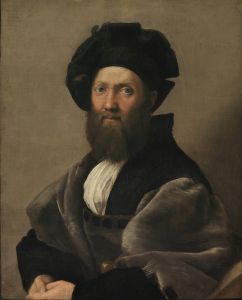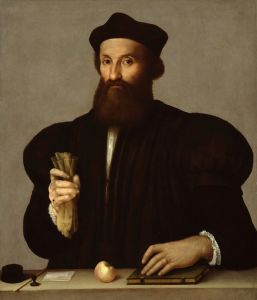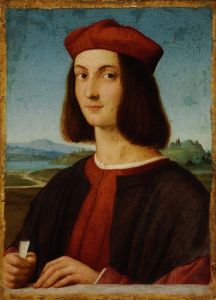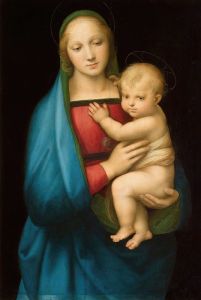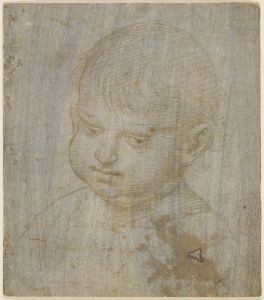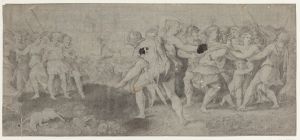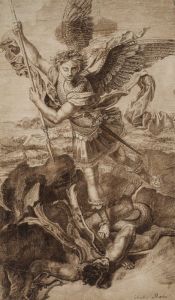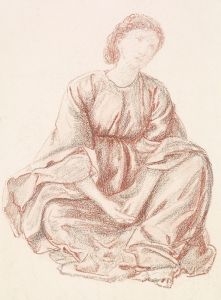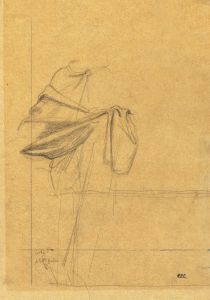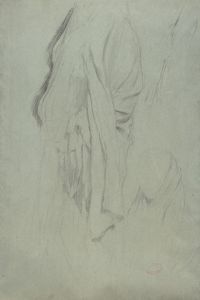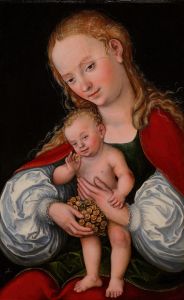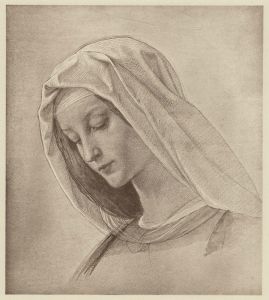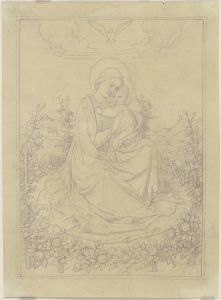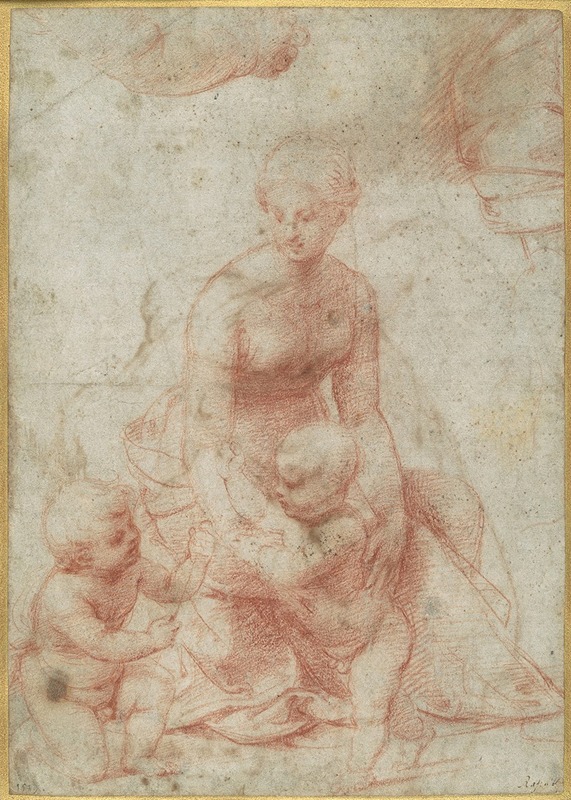
Madonna and Child with the Infant Saint John the Baptist; upper left, Study for the Right Arm of the Infant Saint John; upper right, Study for Drapery
A hand-painted replica of Raphael’s masterpiece Madonna and Child with the Infant Saint John the Baptist; upper left, Study for the Right Arm of the Infant Saint John; upper right, Study for Drapery, meticulously crafted by professional artists to capture the true essence of the original. Each piece is created with museum-quality canvas and rare mineral pigments, carefully painted by experienced artists with delicate brushstrokes and rich, layered colors to perfectly recreate the texture of the original artwork. Unlike machine-printed reproductions, this hand-painted version brings the painting to life, infused with the artist’s emotions and skill in every stroke. Whether for personal collection or home decoration, it instantly elevates the artistic atmosphere of any space.
"Madonna and Child with the Infant Saint John the Baptist; upper left, Study for the Right Arm of the Infant Saint John; upper right, Study for Drapery" is a drawing attributed to the renowned Italian Renaissance artist Raphael. Raphael, whose full name was Raffaello Sanzio da Urbino, was a master painter and architect of the High Renaissance, celebrated for his clarity of form, ease of composition, and visual achievement of the Neoplatonic ideal of human grandeur.
This particular work is a study drawing, which means it was likely created as a preparatory sketch for a larger painting or series of paintings. Raphael was known for his meticulous preparation, often producing numerous sketches and studies before executing his final works. These studies allowed him to explore different compositions, poses, and details, ensuring that his final paintings were both technically precise and aesthetically pleasing.
The drawing features the Madonna and Child, a common subject in Christian art, depicting the Virgin Mary with the infant Jesus. This theme was particularly popular during the Renaissance, as it symbolized purity, motherhood, and divine love. In this drawing, the infant Saint John the Baptist is also present, a frequent companion in depictions of the Madonna and Child. Saint John the Baptist, often shown as a child in these works, is recognized for his role as the forerunner of Christ, and his presence in such compositions underscores the connection between the two figures.
The upper left section of the drawing includes a study for the right arm of the infant Saint John. This detail indicates Raphael's focus on anatomical accuracy and the naturalistic portrayal of the human form, which were hallmarks of Renaissance art. The careful attention to the positioning and musculature of the arm suggests Raphael's dedication to capturing the lifelike movement and grace of his subjects.
In the upper right, there is a study for drapery, another element that Raphael frequently explored in his preparatory works. Drapery studies were essential for artists of the time, as they helped in understanding how fabric interacted with the human body and how it could be used to enhance the composition's overall aesthetic. Raphael's drapery studies are noted for their fluidity and realism, contributing to the dynamic yet harmonious compositions for which he is celebrated.
Raphael's work, including his studies and sketches, had a profound influence on the development of Western art. His ability to blend technical skill with emotional depth set a standard for future generations of artists. The drawing "Madonna and Child with the Infant Saint John the Baptist; upper left, Study for the Right Arm of the Infant Saint John; upper right, Study for Drapery" exemplifies his approach to art-making, where careful preparation and study were integral to the creation of his masterpieces.
While the exact date of this drawing is not specified, it likely falls within Raphael's mature period, when he was actively engaged in producing some of his most famous works, including the frescoes in the Vatican and numerous portraits and altarpieces. This study, like many others, provides insight into Raphael's artistic process and his enduring legacy in the history of art.





